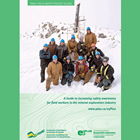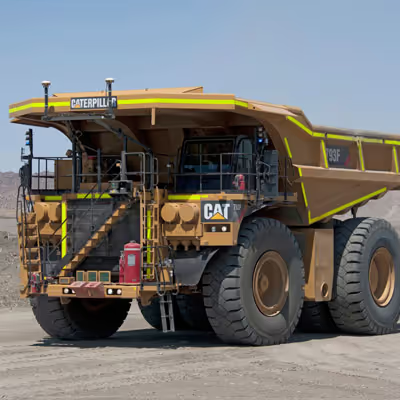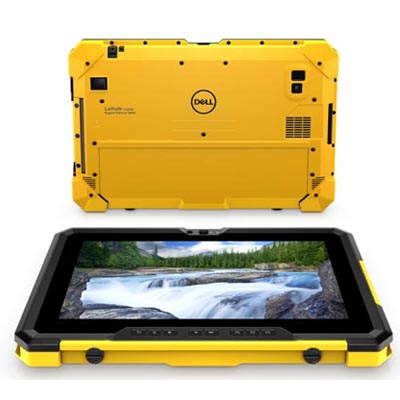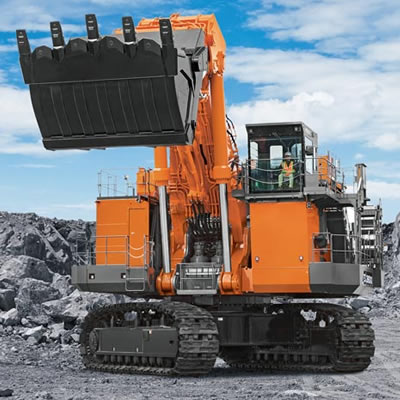PDAC’s Field Safety Pocket Guide is a valuable tool

PDAC's Field Safety Pocket Guide is waterproof, tear-resistant and designed to fit easily in a high-vis jacket. — Photo courtesy PDAC A valuable safe
PDAC's Field Safety Pocket Guide is waterproof, tear-resistant and designed to fit easily in a high-vis jacket. — Photo courtesy PDAC
A valuable safety tool is available to those who work in the field within the exploration industry. The Field Safety Pocket Guide, put together by the Prospectors and Developers Association of Canada (PDAC), was created to enhance the safety of workers in the field.
The guide, which was two years in the making, was developed by PDAC in partnership with the Association for Mineral Exploration British Columbia (AME BC).
Ross Gallinger, executive director of PDAC, said through this joint venture they identified certain health and safety issues from collecting safety statistics in the exploration sector. They realized there was a need for more guidance for people in the field.
"So in collaboration with AME BC, we developed this field guide," said Gallinger, "which is not only for the Canadian exploration sector but can be used internationally since it's translated into a couple of different languages."
Some of the issues Gallinger and the rest of the team found were in activities where people in the field are working alone, working in the wilderness, coming across wildlife, managing heat exhaustion and more. The field guide takes a look at how to deal with these issues, plus it includes information about survival, emergency response, equipment and drilling, transportation and personal protective equipment, and hand tools. And it is all laid out in a small manual that is waterproof, tear-resistant and designed to fit easily in a high-vis jacket.
Another PDAC safety initiative—which stems from a successful pilot in 2012—is wilderness first aid courses that were offered across Canada in May 2013 through PDAC's sister associations. Gallinger said they've recognized that a lot of workers in the exploration industry need this sort of training, since many mine sites are in remote locations.
Because of initiatives like these and others taking place across the country, Canada is known for having one of the safest mining industries in the world.
"I think what the industry went through in the 1960s was quite a revolution for putting health and safety first and foremost and getting to the acceptance that people need to go home in the same condition as they came to work in," Gallinger said. "It's definitely possible for people to do that and it's required to do that as part of proper business. In the '60s there was a huge rash of incidents in the sector. That is no longer acceptable. So it not only goes further than regulatory oversight, we also see a lot of companies adopting zero-harm-type approaches and improving safety systems."
Gallinger said when you attend meetings in the sector, one of the first things you'll see is a demonstration of health and safety. He said PDAC, for example, always begins its board meetings with a "safety moment."
"Safety is the priority in the exploration sector," said Gallinger. "And it's a journey, not a destination. We have to constantly be diligent on health and safety, and it should always be prominent within any organization."




